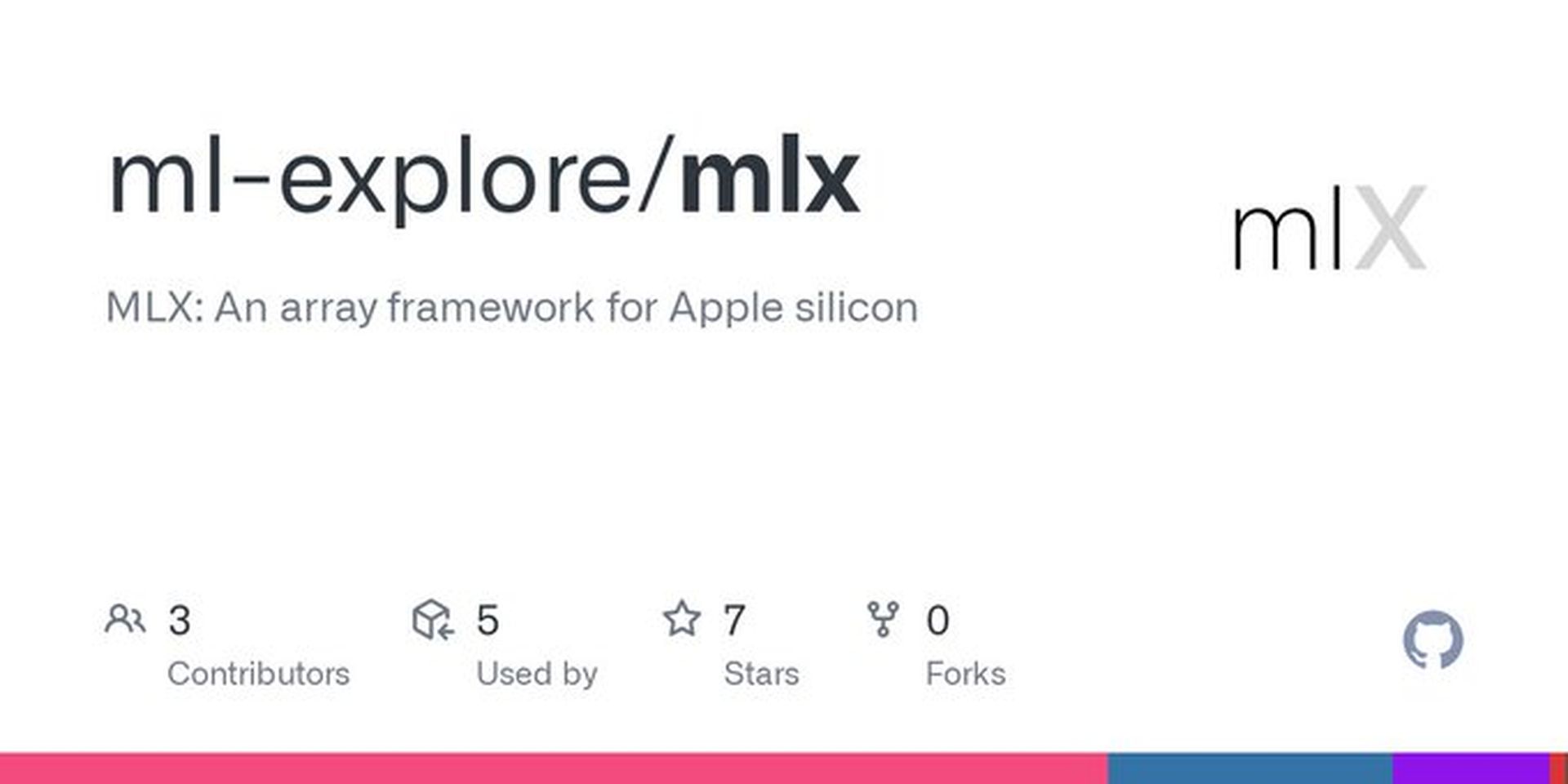Apple has taken a bold stride into the future of artificial intelligence with the stealthy release of Apple MLX, an ingenious machine learning framework designed to unlock the full potential of Apple Silicon. Breaking free from the shackles of convention, Apple’s foray into the world of machine learning is poised to redefine the landscape of intelligent computing on Mac.
Long considered conservative in its approach to artificial intelligence, Apple’s announcement of MLX signifies a paradigm shift. This cutting-edge framework, meticulously crafted by the company’s machine learning research team, is a testament to Apple’s commitment to bridging the gap between user-friendly design and the raw power required for advanced machine learning applications.
Join us as we delve into the depths of MLX, unraveling its shared memory architecture, exploring the MLX Data deep learning model library, and unveiling the user-friendly features that make it a game-changer in the field. Apple’s MLX is more than just a framework; it’s a strategic move, a bold statement, and a glimpse into the future of intelligent computing on Mac.

Everything you need to know about Apple MLX
Apple MLX, short for “Machine Learning for Mac (macOS),” is a newly introduced machine learning framework that signifies a significant stride for Apple into the world of artificial intelligence. This framework is specifically designed to run efficiently on Apple Silicon chips, which power the company’s lineup of MacBooks and other devices.
- Shared memory architecture: One of the standout features of MLX is its shared memory architecture. This design, inspired by existing frameworks like PyTorch, Jax, and ArrayFire, allows any task executed on MLX to function seamlessly across supported devices, such as CPUs and GPUs, without the need to move data. This shared memory model is a departure from traditional frameworks, contributing to a more efficient and streamlined computing process.
- MLX Data Deep Learning Model Library: In conjunction with MLX, Apple has introduced MLX Data, a deep learning model library. This library is described as “framework agnostic, efficient, and flexible” for data loading. It works seamlessly with MLX, PyTorch, or Jax frameworks, offering developers a range of options and ensuring adaptability to different machine learning workflows.
- User-friendly design: According to Apple’s documentation, MLX is designed by machine learning researchers for their peers. The framework aims to be user-friendly while still providing the necessary power and efficiency for training and deploying machine learning models. The simplicity of the design is intended to encourage researchers to extend and improve MLX, fostering a collaborative environment for innovation.
- Familiar APIs: MLX has Python APIs closely following NumPy, making it accessible and familiar to developers. Additionally, there’s a fully featured C++ API that mirrors the Python API.

- Higher-Level Packages: MLX includes higher-level packages such as mlx.nn and mlx.optimizers, with APIs closely resembling those of PyTorch. These packages simplify the process of building more complex machine-learning models.
- Composable function transformations: MLX introduces composable function transformations for automatic differentiation, automatic vectorization, and computation graph optimization. This feature enhances the flexibility and capability of the framework.
- Lazy computation: Computations in MLX are lazy, meaning that arrays are only materialized when needed. This approach contributes to more efficient memory usage and overall system performance.
- Dynamic graph construction: Computation graphs in MLX are built dynamically. This means that changes in the shapes of function arguments do not trigger slow compilations, simplifying debugging and making the development process more intuitive
- Multi-device support: Operations in MLX can run on any of the supported devices, currently including CPUs and GPUs. This multi-device support ensures flexibility in utilizing the computing resources available on different hardware.
- Unified memory model: A notable departure from other frameworks is MLX’s unified memory model. In MLX, arrays exist in shared memory, allowing operations to be performed on MLX arrays on any supported device type without the need to move data. This approach contributes to a more efficient and seamless workflow for developers.
In summary, Apple’s MLX is a comprehensive machine learning framework that aims to combine user-friendliness with powerful capabilities. With its shared memory architecture, MLX Data model library, and a range of features designed for efficiency and ease of use, MLX represents a significant step for Apple into the evolving field of artificial intelligence and machine learning on its own hardware.
For more detailed information about Apple MLX, click here.
Featured image credit: Laurenz Heymann/Unsplash





